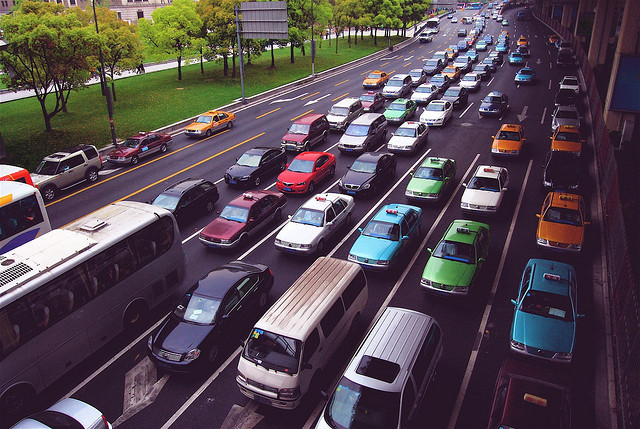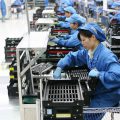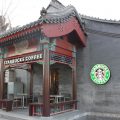Too many cars and too much traffic. Beijing tries to rein in the deteriorating problems with administrative measures. The fiscal incentives to buy cars have been consigned to history. The country is no longer in danger of recession and there is no need to favor that consumption. Lately, a new rule promulgated jointly by the Ministry of Commerce and the National Development and Reform Commission downgraded the foreign investment for “finished vehicles” from “encouraged” to “permitted”. The same rule allows now FDI in new sectors, so the downgrading of the automotive sector is even more striking. China opens some sides of its economy, while restricts others.
In reality, the country is concerned about the future of its automotive industry. It has undergone an unprecedented acceleration over the last years, but now the path of development looks out of control. Simply speaking, international car manufacturers do not need incentive. For them, China is already a heaven. Volkswagen and General Motors manufacture and sell more vehicles in China than they do in their countries. The nation becomes the biggest market in the world in 2009, with 18 million cars sold. That year the yoy increase was 42%, while in 2010 witnessed another spectacular growth of 34%. Then, Beijing came up with initial restrictions. As a result, the increase in car sales last year was merely 2.5%. Some of the problems are alleviated: less pollution, decongestion of traffic, reduced import of oil. But the bulk of a cumbersome future is still there. The manufacturing capacity of vehicles will reach 31 million in 2013; car sales might grow tenfold between 2005 and 2030. Where to park all those cars, how much the gasoline will cost, where to go to breath normally?
Beijing knows the consolidation of the industry is still a mirage. An incredible number of 130 manufacturers still are active, even if only 50 with respectable dimensions. The ambition of the government to limit to ten companies, through M&A, proved unsuccessfully so far. The market is at the same time fragmented and lucrative. Every Province wants at least a car manufacturer. The purpose is supported by local lobbies and banks. Unfortunately, the automotive industry needs economy of scale to compete on the international markets.
So far, not even the 3 Big of China – FAW, DMC, and SAIC – are able to reach 2 million car produced. They are strong, but no so much to acquire the small competitors. Again, the “chicken game” prevails. No manufacturer has the intention to show how fearful it is to sell. Nobody wants to lose his face and be considered a coward chicken. So, everybody flex its muscles, in an endless rush to manufacture. The future is uncertain, that is why Beijing is concerned. China should stop or limit a powerful industry, even if it was crucial to the country’s success. Time is of essence. Otherwise a once strategic pillar might become independent and rebellious.




















Lascia un commento